Scarlet Nexus is the product of former Tales of developers pioneering a new genre it invented called brain punk. Releasing as the first next-gen anime game, Scarlet Nexus has a lot going on at any given time, and it often juggles more than it can handle. But it doesn’t disappoint.
It’s fast-paced and stylish, with inventive combat, interesting characters, and a well-told story, and it might be one of my favorite games of the year so far.
Scarlet Nexus Review: Brain Food
Before going over the story and how it plays, I need to get one thing out of the way first. Scarlet Nexus is cool. There’s just no other way to describe it, and its flair extends well beyond just the sci-fi setting, spreading its tendrils into the story, combat, and almost every part of the game’s design.
It might not have quite the same polish as Persona 5 Royal, but Scarlet Nexus is easily the most stylish and well-realized game I’ve played since.
Bandai Namco did well to keep quiet about Scarlet Nexus’ story for the past two years. It’s almost impossible to talk about beyond the earliest chapters without spoilers, but here’s a broad overview.
Scarlet Nexus takes place in the future where (most) people have developed a psionic hormone and unique brain powers. The government recruits some of these people into the Other Suppression Force, a specialized military unit fighting against the Others.
Others are brain-eating monsters and basically what happens when a surrealist painter gets high and creates something “science-fictiony.” They’re downright freaky at times and color the mostly future-focused experience with a welcome tinge of horror that the SAS system carries even further.
The SAS and brain link systems each OSF member uses connect their brains to other squad members, the OSF mainframe, and even parts of the city’s infrastructure — but only after having the system shoved into their brain during training.
Scarlet Nexus does a very good job at building what seems like a solid foundation for the world by feeding you the basics the same way the characters understand them. Then it turns into a false floor and, aside from a few points you can clearly see before the characters do, keeps you guessing until the end.
There’s rarely a moment of fluff or unnecessary exposition, and it’s easily one of the best-paced RPGs out there. Granted, telling the story in panel scenes might not sit well with everyone, but it’s easier to get used to after the first few chapters, mostly because the story itself draws you in regardless of how it’s presented.
I expected a good narrative after playing the Scarlet Nexus demo but didn’t expect it to be this good. Aside from the main narrative, the game spins multiple threads ranging from minority rights to government oppression and free will, and it handles them all admirably well.
You play as either Kasane Randall, a gifted and enigmatic OSF recruit, or Yuito Sumeragi, scion of the city’s founding family and all-around everyman. The way Scarlet Nexus handles its split story makes it worth playing both narratives, though there are a few problems with the execution.
Kasane seems like she was intended as the main character and has both a more interesting story and better character development.
Yuito’s story gives you a better understanding of the developments in Kasane’s path but at the expense of meaningful character change. What you’re left with is Yuito as plot device, though admittedly, he fills that role well and has some good interactions with his squadmates.
Heroes aside, those squadmates are actually Scarlet Nexus’ foundation. Whichever protagonist you choose, Nexus starts similar to other school games, particularly Trails of Cold Steel. You’ve got the usual personalities and mysterious backgrounds, free time to spend with certain characters, and world-saving missions to embark on as part of your daily routine.
If you’ve played any Tales of games, you have a good idea of what to expect here. Each character is deeper than they initially appear, and the eclectic mix of personalities makes for an interesting cast.
Almost everyone gets at least some time in the spotlight, and while you shouldn’t expect heaps of character growth, I actually prefer Scarlet Nexus’ approach. There’s something more effective in hurling these cadets immediately into chaos and focusing almost entirely on their role in the main story than in trying to spin them into some grand epic.
Solid as it all is, Scarlet Nexus does fumble a bit outside these main developments. Similar to Persona or Cold Steel, you get some downtime to spend with each character, and you can buy gifts for them.
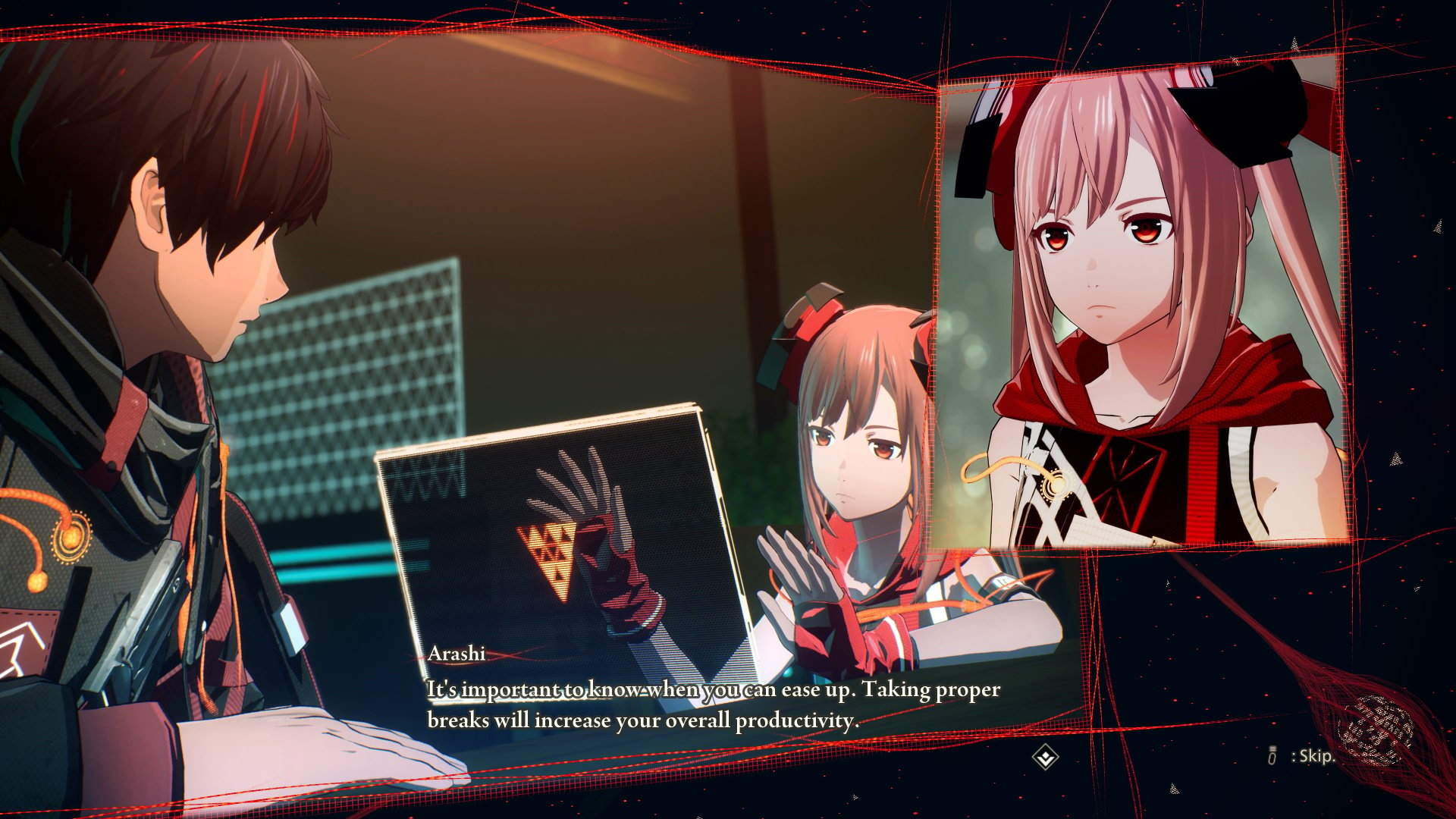
These bond episodes are (mostly) good, though the gift process is too streamlined. The shop tells you who each item is for, and you just exchange materials to get each item.
Some additional agency where you chose who to interact with and had to know them better would have been appreciated, as would side quests that dig into the world’s lore more deeply. That said, it’s still in keeping with Scarlet Nexus’ streamlined approach to everything, even combat.
Whether you’re Yuito or Kasane, your power in combat is psychokinesis. That means you get to throw big objects around, and yes, it’s as ridiculously fun as it sounds. You’re encouraged to weave your powers with your regular combos to keep the psychokinesis meter full, making combat a spectacle of melee strikes and truck-chucking.
Combat in early chapters gets a little stale, with more trash mobs than serious Others to deal with. It picks up quickly once you hit chapter five, as do the options available to you — blowing up a gas tanker to ignite Others was a particular highlight — but I’d have liked the enemy AI to be a bit more threatening.
However, it makes up for the lack of aggression with strategy. Most Others have a quirk of some kind you can only deal with using the SAS link and borrowing your friends’ unique brain powers.
From the start, you usually have at least one companion on each mission you can combine powers with — slowing down time, for example, or imbuing your weapon with fire to set enemies alight.
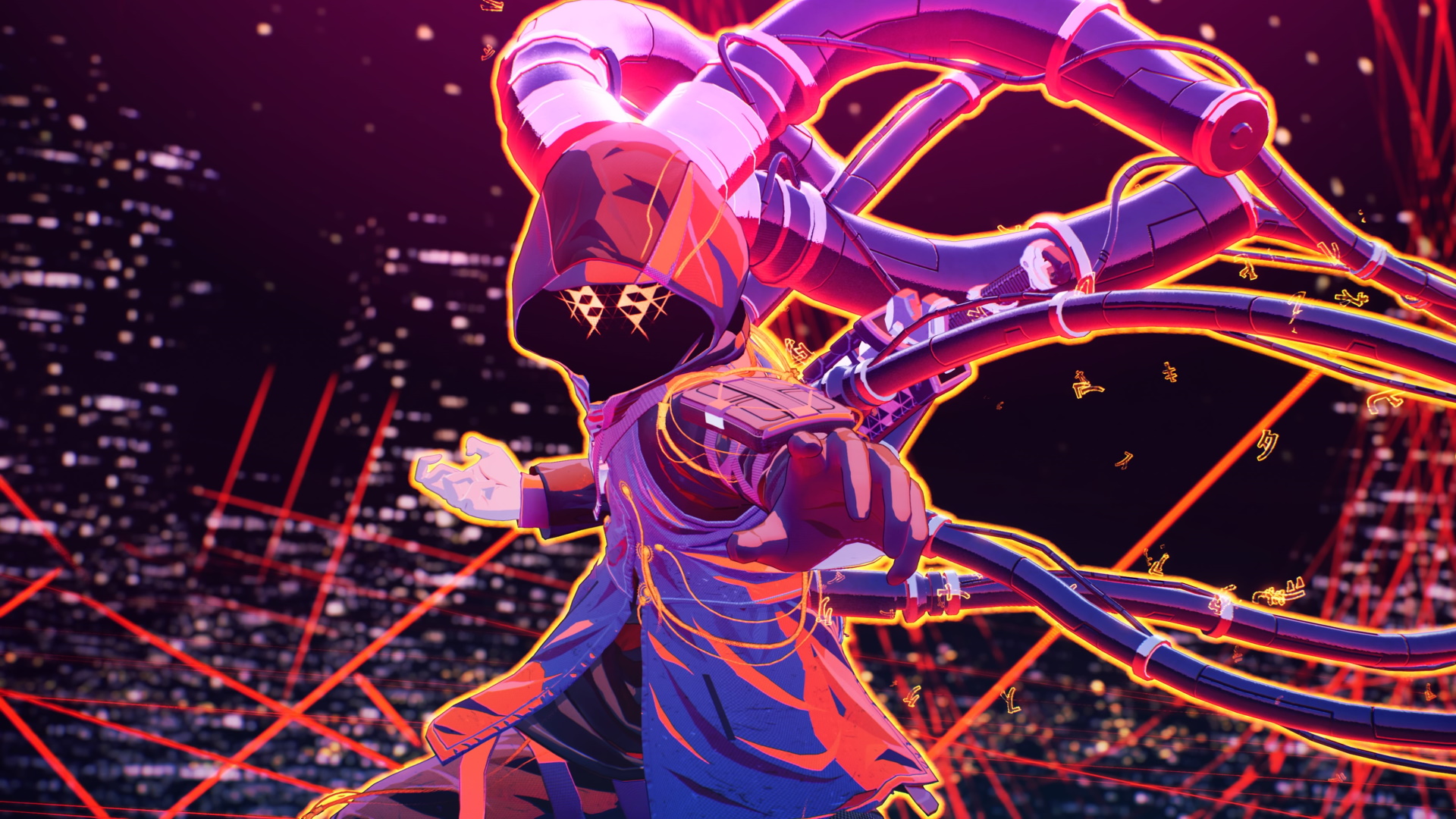
Your skills and the ones you can borrow off of friends develop as you level up and further your bonds, which is good since they’re a bit pointless on their own in combat. There’s also a Brain Map that augments your abilities to a certain extent.
Scarlet Nexus has a lot going on in every fight but keeps tight reigns on the chaos so it never feels overwhelming. In fact, I’d have liked it if the wheels came off at a few points.
For example, status effects play a role in combat, though not as much as I expected given the emphasis tutorials place on them. There’s never any doubt which power you should use to defeat specific Others or how to overcome specific obstacles.
While pulling off Scarlet Nexus’ moves is always gratifying, situations where you could freely use powers would have made combat even more exciting. The Brain Map has handy upgrades, but never significantly alters how your character develops or what you can do on the battlefield.
That might sound harsher than I mean, and you’ll be too busy to wish for more options in some of the game’s later boss fights. Still, I hope Kenji Anabuki and his team get the chance to build on these systems further and really let loose with them.
Finally, if it wasn’t apparent from the screenshots shared already, Scarlet Nexus is gorgeous on the PS5. The audio is perfect too, whether it’s the jazzy, low-key soundtrack or environmental effects, and it’s one of the few cases where the DualSense’s adaptive triggers actually feel good to use. If this is the next generation of anime games, I’m all here for it.
Scarlet Nexus Review — The Bottom Line
Pros
- Surprisingly gripping and well-told story
- Fantastic combat
- Excellent pacing
- Super-stylish design
- Gorgeous graphics
- Did I mention it’s cool?
Cons
- Combat can feel too straightforward
- Too many trash mobs to make the psionic powers feel necessary early on
- Side stories and quests feel underbaked
Scarlet Nexus might not pull off some of its auxiliary components with as much style as it does the main storyline, but the core package makes up for that. Combat is still a blast, even if it could be less restrained, and the main story handles its themes and characters well enough that I don’t mind too much that the side content is lacking.
What I want most of all, having wrapped up Scarlet Nexus, is more.
[Bandai Namco provided the copy of Scarlet Nexus used for this review.]

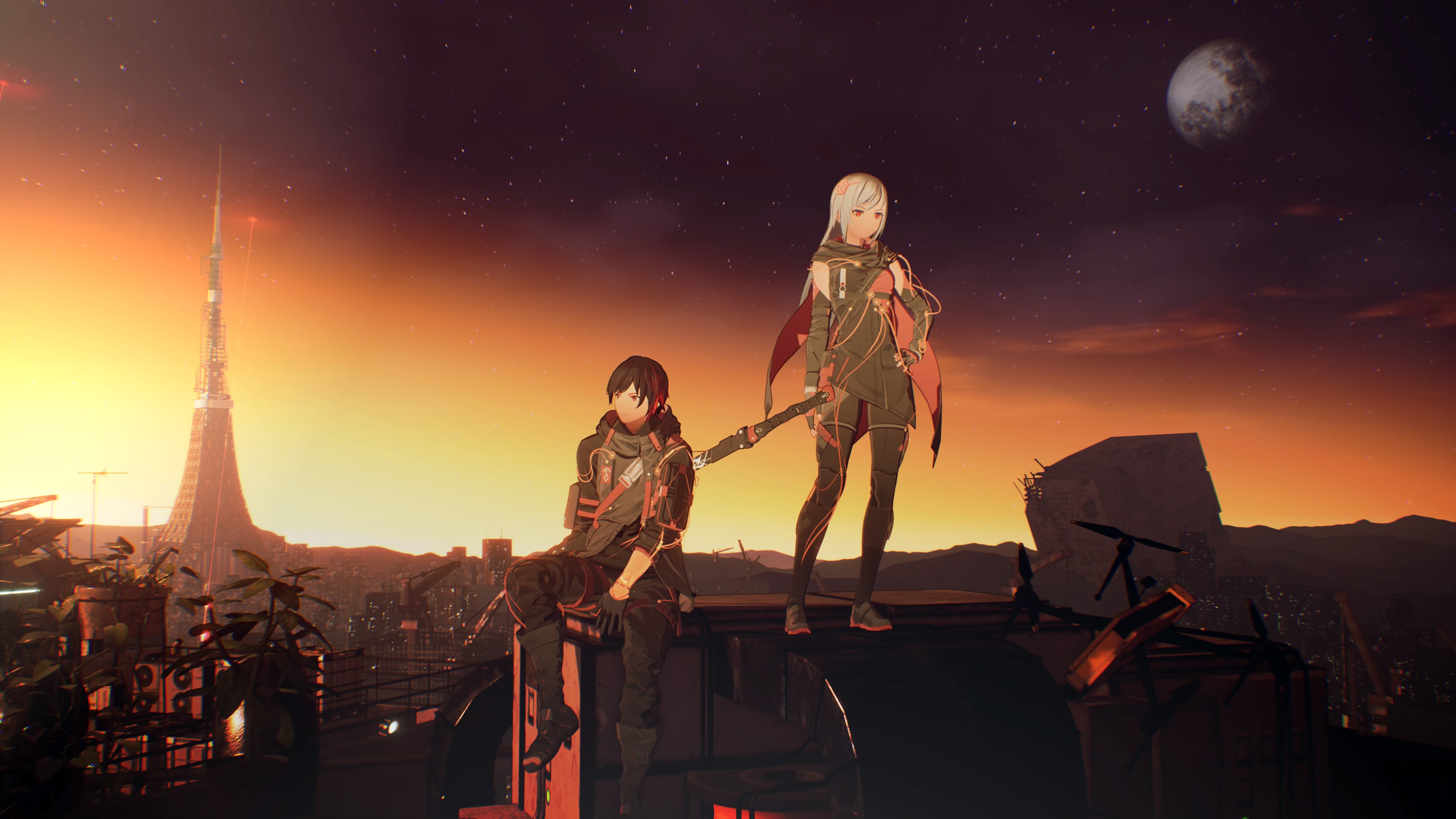
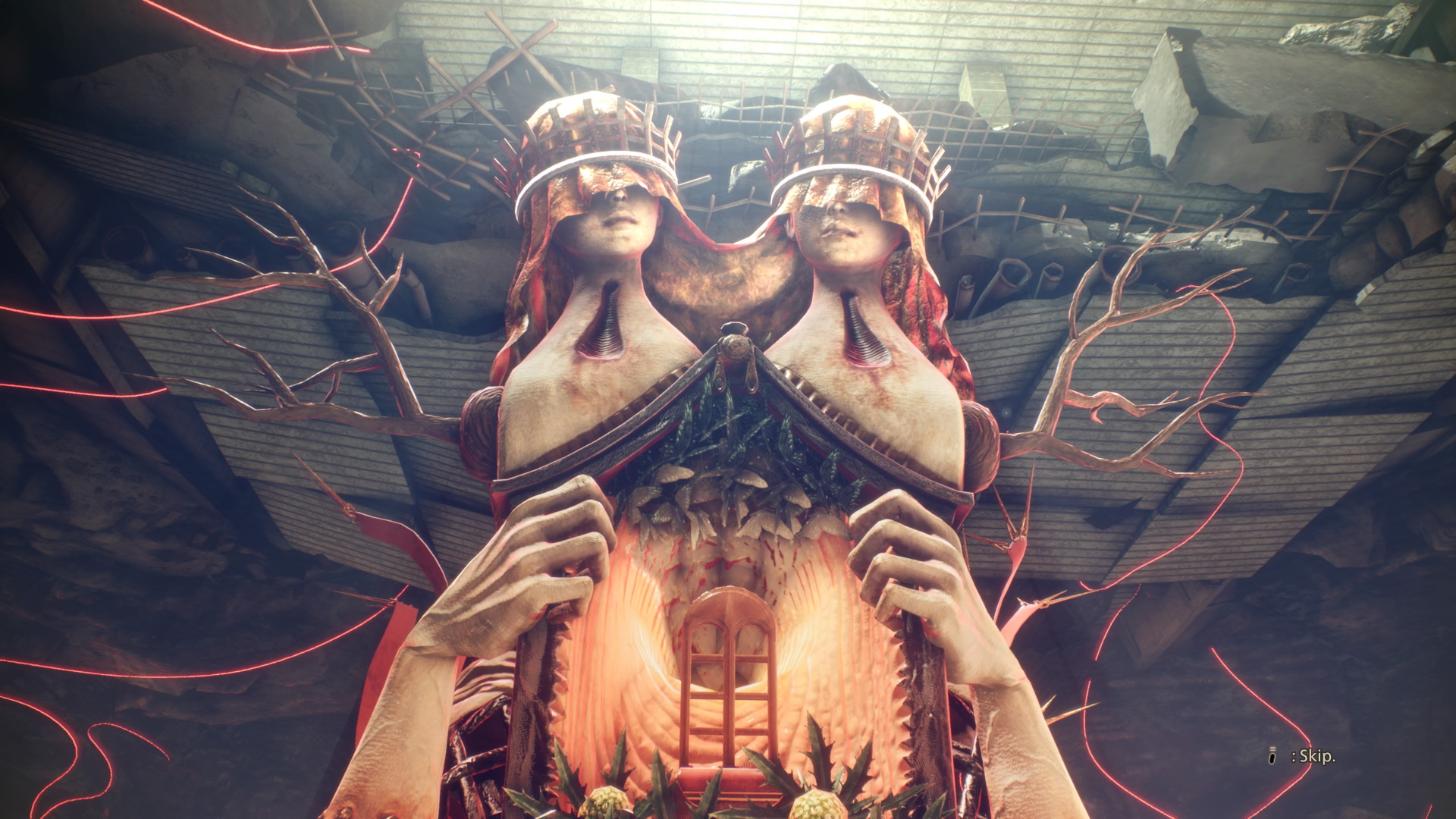
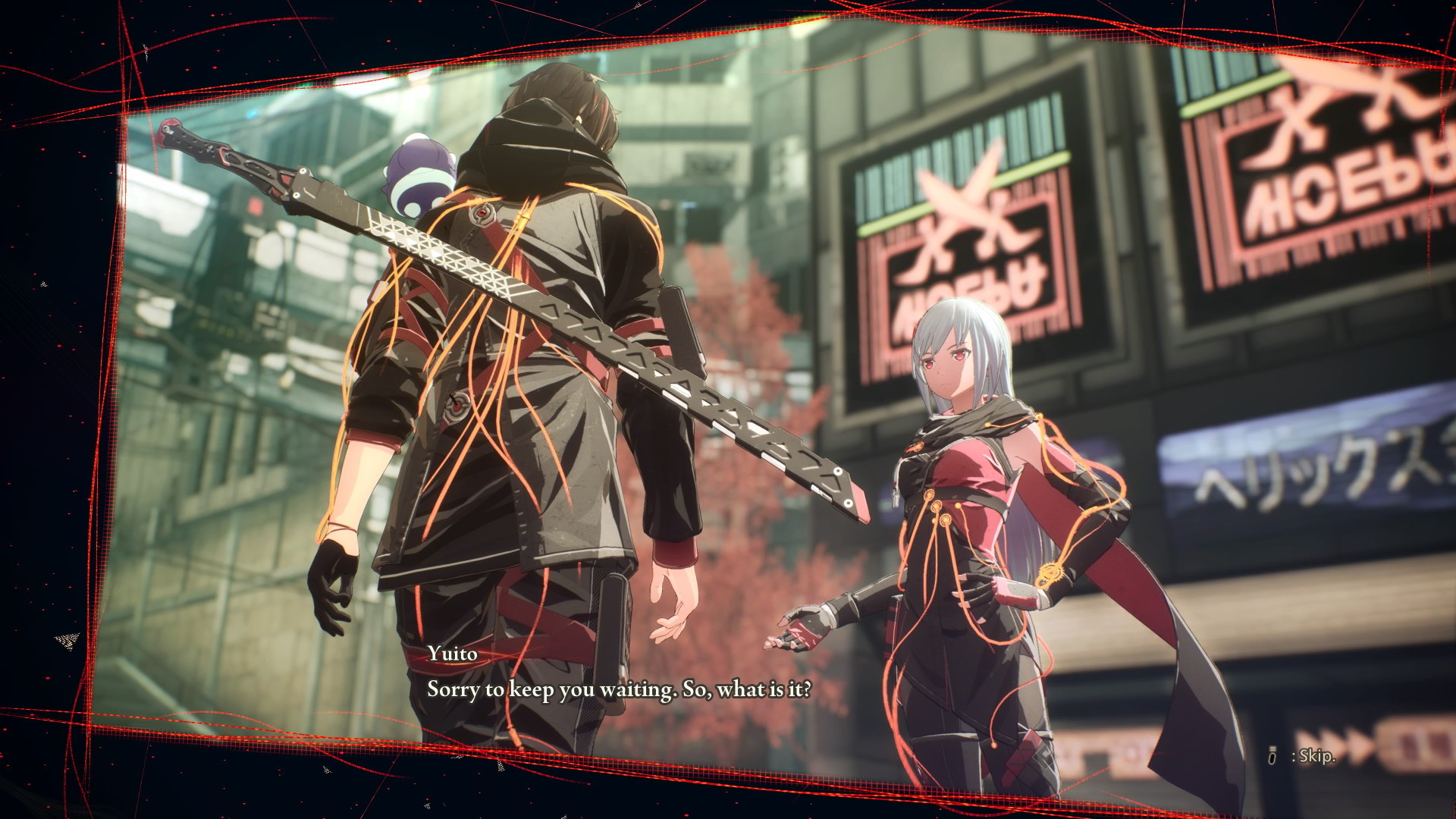
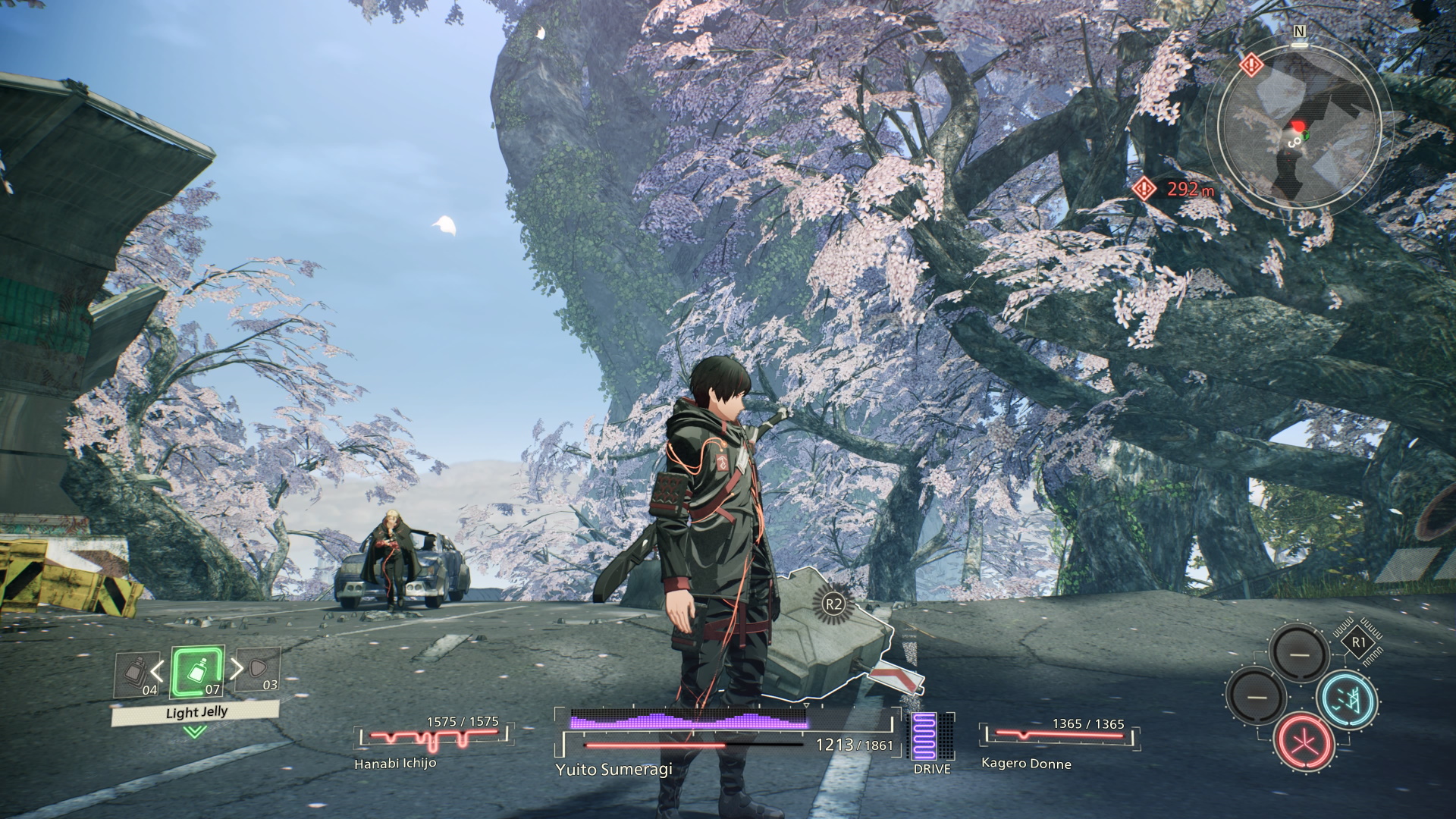








Published: Jun 22, 2021 04:03 pm